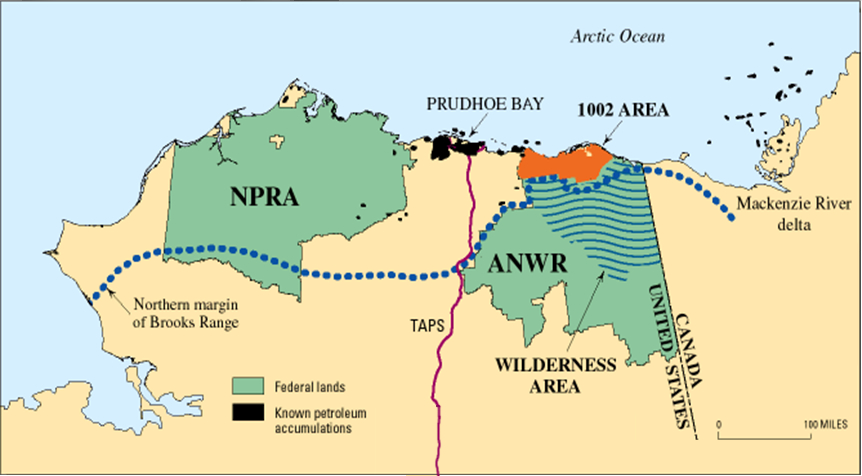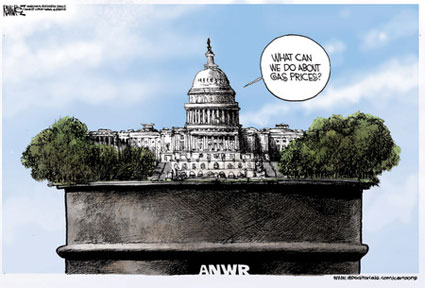Group Discussions are key to a productive influx of new ideas and enhancement of mutual cooperation to bring up a more holistic output relevant to the context, stimulating thinking skills of all those part of the group, and thus blending the final innovation into a worthy project juxtaposed with credibility.
However, in order to cater to the needs of a particular group, it is highly imperative that the designs and patterns of groups be in coherence with the typical composition of the group; thus, catalyzing the overall progress. Too complicated to understand? In simple words: Groups need to be arranged such that the members of that particular group well adapt to its structure and acquire an encouraging environment to think, communicate, share, learn, participate and interact with others- all of which are essential components of any sort of education or critical analysis.
Following is an innovative plan (adapted from Jaques, 2004) to various architectural guidelines on different types of groups that one can arrange for suitable audiences:
Round Table Discussion:
 Each member has a brief time period (eg. 1 min) to express himself on a subject. Discussions can be sequential by moving in one direction but it is far more interesting for the first speaker to choose the second speaker at random and so on. A ball can be used by tossing it from one person to the other (with the understanding that no one can speak twice in a row)
Each member has a brief time period (eg. 1 min) to express himself on a subject. Discussions can be sequential by moving in one direction but it is far more interesting for the first speaker to choose the second speaker at random and so on. A ball can be used by tossing it from one person to the other (with the understanding that no one can speak twice in a row)
 Usually applied in large group, members discuss their partner and come to their own understanding of the subject. This strategy assists learners to express any difficulties they may be facing but do not wish to share with the entire group. May also serve as an ice breaker with each pair introducing his partner to the group!
Usually applied in large group, members discuss their partner and come to their own understanding of the subject. This strategy assists learners to express any difficulties they may be facing but do not wish to share with the entire group. May also serve as an ice breaker with each pair introducing his partner to the group!
 Discussions in pairs easily widens by doubling progressively so that increased group interaction develops. The complexity of the tasks/questions should only gradually maximize in order to avoid fatigue, boredom and repetition. It ends in a circle with all the participants.
Discussions in pairs easily widens by doubling progressively so that increased group interaction develops. The complexity of the tasks/questions should only gradually maximize in order to avoid fatigue, boredom and repetition. It ends in a circle with all the participants.
 The arrangement can be compared to a fish-bowl! And it is better undertaken without an instructor generally. The working of the two circles is different: The outer circle observes the inner group who are aware of being observed. The inner group conducts a cognitive activity (e.g: discusses a task to reach a consensus) , while the outer group remains silent and keep notes on the inners’ communication process( how arguments are raised, if someone develops leadership in absence of an instructor, if discussion norms are followed, if someone is reluctant to speak out, how is the tone and atmosphere of the discussion: informal, formal, argumentative, polite, hostile, scientific. At the end, the outer group gives feedback, and during this period the inner group listens. Note that this technique is very effective when applied on a two different sectors in terms of age, nationality, stance, ethnicity, concentration etc, as it provides a platform to ‘listen’ and then respond- and transform paradigms.
The arrangement can be compared to a fish-bowl! And it is better undertaken without an instructor generally. The working of the two circles is different: The outer circle observes the inner group who are aware of being observed. The inner group conducts a cognitive activity (e.g: discusses a task to reach a consensus) , while the outer group remains silent and keep notes on the inners’ communication process( how arguments are raised, if someone develops leadership in absence of an instructor, if discussion norms are followed, if someone is reluctant to speak out, how is the tone and atmosphere of the discussion: informal, formal, argumentative, polite, hostile, scientific. At the end, the outer group gives feedback, and during this period the inner group listens. Note that this technique is very effective when applied on a two different sectors in terms of age, nationality, stance, ethnicity, concentration etc, as it provides a platform to ‘listen’ and then respond- and transform paradigms.
Try them out; experiment, and do provide feedback as to how effective the technique was. Shall there be anymore worth sharing, feel free to post in the comment box!
Follow me on Twitter@ Aalishahbaz
 |
| Group Discussions : stimuli to thinking |
However, in order to cater to the needs of a particular group, it is highly imperative that the designs and patterns of groups be in coherence with the typical composition of the group; thus, catalyzing the overall progress. Too complicated to understand? In simple words: Groups need to be arranged such that the members of that particular group well adapt to its structure and acquire an encouraging environment to think, communicate, share, learn, participate and interact with others- all of which are essential components of any sort of education or critical analysis.
Following is an innovative plan (adapted from Jaques, 2004) to various architectural guidelines on different types of groups that one can arrange for suitable audiences:
Round Table Discussion:
 Each member has a brief time period (eg. 1 min) to express himself on a subject. Discussions can be sequential by moving in one direction but it is far more interesting for the first speaker to choose the second speaker at random and so on. A ball can be used by tossing it from one person to the other (with the understanding that no one can speak twice in a row)
Each member has a brief time period (eg. 1 min) to express himself on a subject. Discussions can be sequential by moving in one direction but it is far more interesting for the first speaker to choose the second speaker at random and so on. A ball can be used by tossing it from one person to the other (with the understanding that no one can speak twice in a row)
Simultaneous Discussions in pairs:
 Usually applied in large group, members discuss their partner and come to their own understanding of the subject. This strategy assists learners to express any difficulties they may be facing but do not wish to share with the entire group. May also serve as an ice breaker with each pair introducing his partner to the group!
Usually applied in large group, members discuss their partner and come to their own understanding of the subject. This strategy assists learners to express any difficulties they may be facing but do not wish to share with the entire group. May also serve as an ice breaker with each pair introducing his partner to the group!
Discussions in progressively larger groups (avalanches):
 Discussions in pairs easily widens by doubling progressively so that increased group interaction develops. The complexity of the tasks/questions should only gradually maximize in order to avoid fatigue, boredom and repetition. It ends in a circle with all the participants.
Discussions in pairs easily widens by doubling progressively so that increased group interaction develops. The complexity of the tasks/questions should only gradually maximize in order to avoid fatigue, boredom and repetition. It ends in a circle with all the participants.
Circle within Circle:
 The arrangement can be compared to a fish-bowl! And it is better undertaken without an instructor generally. The working of the two circles is different: The outer circle observes the inner group who are aware of being observed. The inner group conducts a cognitive activity (e.g: discusses a task to reach a consensus) , while the outer group remains silent and keep notes on the inners’ communication process( how arguments are raised, if someone develops leadership in absence of an instructor, if discussion norms are followed, if someone is reluctant to speak out, how is the tone and atmosphere of the discussion: informal, formal, argumentative, polite, hostile, scientific. At the end, the outer group gives feedback, and during this period the inner group listens. Note that this technique is very effective when applied on a two different sectors in terms of age, nationality, stance, ethnicity, concentration etc, as it provides a platform to ‘listen’ and then respond- and transform paradigms.
The arrangement can be compared to a fish-bowl! And it is better undertaken without an instructor generally. The working of the two circles is different: The outer circle observes the inner group who are aware of being observed. The inner group conducts a cognitive activity (e.g: discusses a task to reach a consensus) , while the outer group remains silent and keep notes on the inners’ communication process( how arguments are raised, if someone develops leadership in absence of an instructor, if discussion norms are followed, if someone is reluctant to speak out, how is the tone and atmosphere of the discussion: informal, formal, argumentative, polite, hostile, scientific. At the end, the outer group gives feedback, and during this period the inner group listens. Note that this technique is very effective when applied on a two different sectors in terms of age, nationality, stance, ethnicity, concentration etc, as it provides a platform to ‘listen’ and then respond- and transform paradigms.Try them out; experiment, and do provide feedback as to how effective the technique was. Shall there be anymore worth sharing, feel free to post in the comment box!
Follow me on Twitter@ Aalishahbaz











